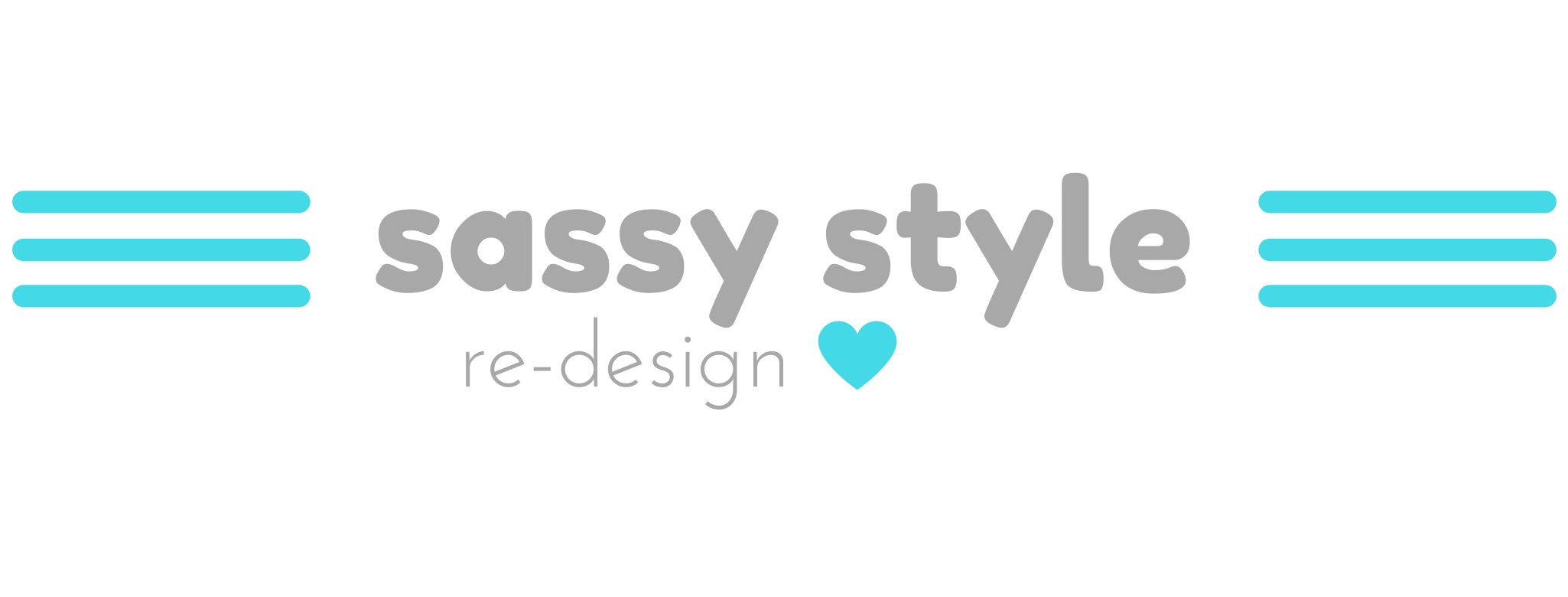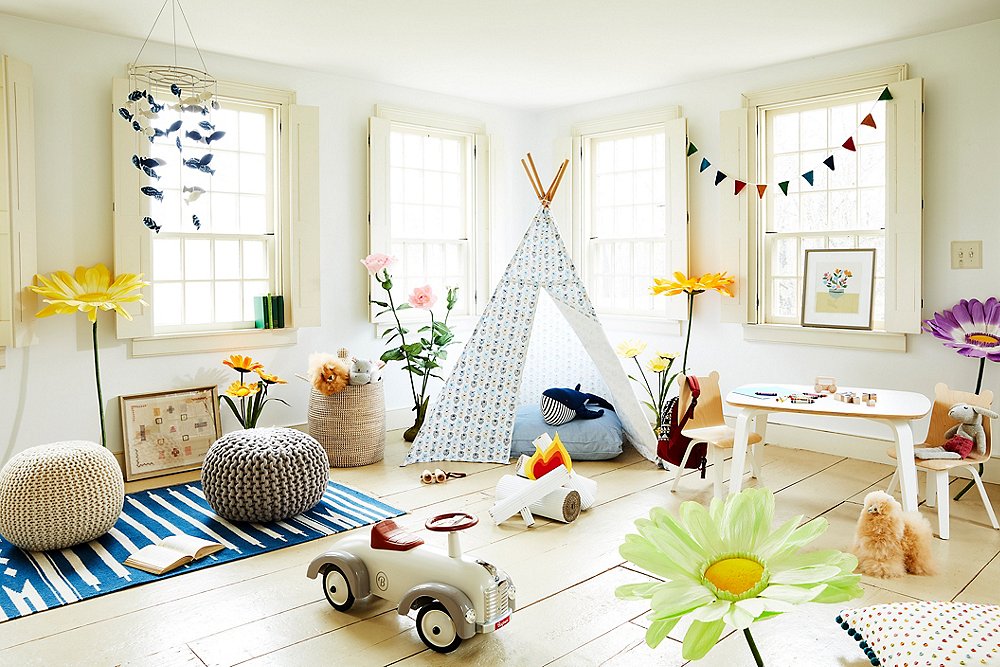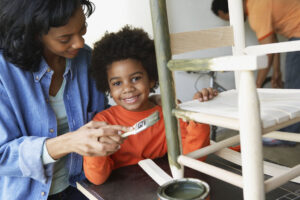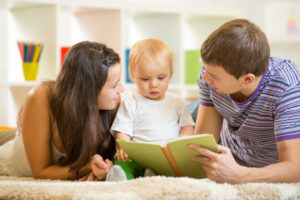Designing a Playroom for Kids: What to Include
Setting up a dedicated playroom for your children and foster children can not only give them a space to play freely but also nurture their development, creativity and imagination. When designing a play space, tailor it to your children’s ages, personalities and interests. The right mixture of toys, furniture and dęcor will keep them engaged for hours.
Safety First
Assess potential hazards in the room and childproof as much as possible by covering sharp corners, installing safety gates if needed and ensuring any choking hazards are kept out of reach. Check the floor is even with no trip hazards and use soft flooring like carpet where possible. Good lighting, ventilation and access to plug sockets for electronics should also be considered. If you have young kids or are fostering a younger child or baby from Foster Care Associates, safety is a top priority.
Get Comfy with Seating
Bean bags, rocking chairs, play tents and cushions create fun, casual places for kids to lounge. Include a small sofa or chairs around a play table to allow space for board games, puzzles, arts and crafts. Storage ottomans can double as extra seating. If space allows, a day bed is ideal for reading and cuddle time.
Fill Space with Toys
Tailor toys for various ages and include plenty that spark open-ended play to boost creativity. Think dress-up items, building blocks, doll houses, toy kitchens and play tool sets. Arts and craft supplies like paint, glue, glitter, clay and scissors are essential. Rotate toys to keep up interest and utilise shelves, labelled bins and baskets to encourage kids to tidy up when done.
Make Room for Activities
Set aside areas for specific activities like an easel for painting and a washing station for messy play. A play kitchen set, shop counter play set or tool bench keeps imaginary scenarios going. Puzzles, board games and building toys need their own sturdy table space. Include cosy spaces for reading with a book nook and plenty of books.
Embrace Their Passions
Display posters and art featuring their favourite characters or themes. Incorporate toys and colours tied to what interests them most, perhaps space, dinosaurs, fairies, cars, animals or superheroes. Letting kids pick a theme or help decorate boosts their connection to the space.
Technology and Media Stations
Today’s playrooms often house computers, tablets, gaming consoles and TVs. Create designated spots with age-appropriate technologies and set rules on usage time limits. Charging stations help keep devices powered.
Storage for Organisation
Using shelves, cubes, bins, baskets and hooks keeps clutter contained and helps kids learn organisation. Label and colour code storage areas devoted to specific kinds of toys, arts supplies, dress ups, puzzles, etc. Open storage lets kids view and access items.
Make It Their Own
Allowing children to display their own artwork, pick wall colours or help decorate personalises the space and makes them more excited to play. Add a message board they can use to plan activities or post their own notes and creations.
The best playrooms cater not only to a child’s current age and abilities, but sets them up with a space suited to growing interests and changing developmental needs. Reassess what is or is not working as children get older. Creating a versatile play space with safety, organisation and their unique passions in mind creates a little world made just for their thriving imaginations.




































No comments